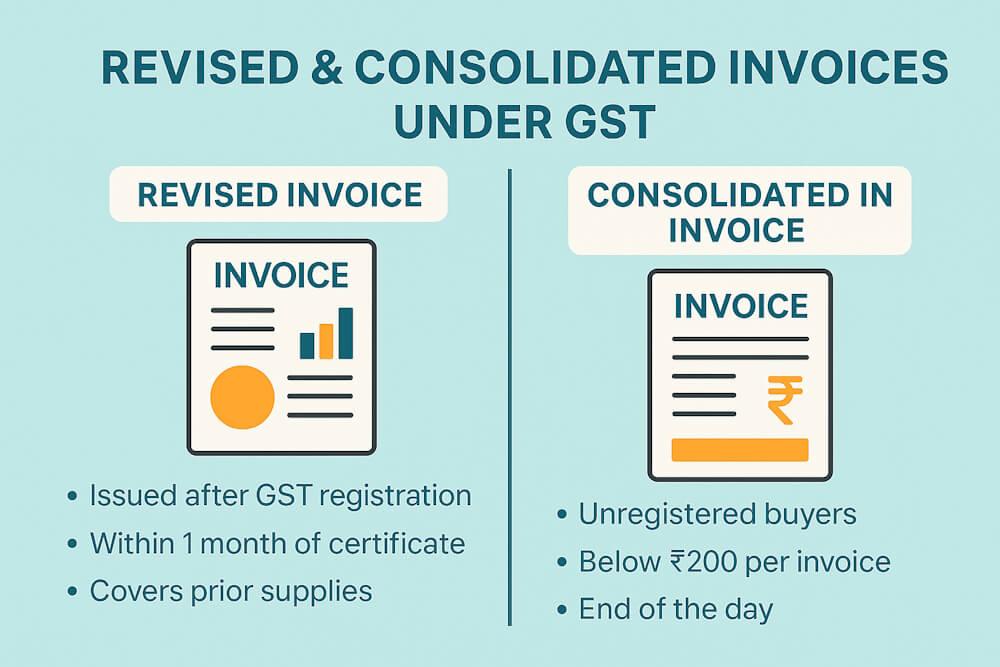If you think about how a company is judged, it usually happens in two ways. One is inside the company itself, and the other is from the outside world. Simple as that.
Both are important, honestly, because a business doesn’t live in a bubble. What’s happening inside the workplace—like the way people work together, the systems they use, or even the culture—ends up showing in its performance. But at the same time, the outside stuff can’t be ignored. Competitors bring new ideas, customers change what they want, and government rules can suddenly make things harder or easier. All of that together decides how the organization is really doing.
Internal Evaluation
Internal evaluation basically means checking what’s happening within the company itself. It’s all about looking at the factors the organization can actually control. The idea is to figure out where the business is strong and where it’s falling short. Once you know that, it becomes much easier to build strategies that double down on strengths and fix weaknesses.
What usually gets checked internally?
- Resources This covers everything the company owns or relies on, from money and machines to things like brand value and skilled employees. If resources are weak in some area, it’s important to catch that early.
- Structure and Culture How the company is set up, and the kind of work culture people experience, matters a lot. If the structure creates confusion or the culture doesn’t motivate people, performance suffers.
- Competencies and Capabilities Many businesses have certain unique abilities—something they’re better at than others. That’s what gives them an edge. Evaluating those strengths helps protect and grow them.
- Product/Service Performance At the end of the day, the success of any organization is reflected in how well its products or services perform in the market. If customers love them, that’s a good sign. If not, there’s some work to do.
Common tools used for internal evaluation:
- SWOT analysis
- GAP analysis
- Value chain analysis
- Financial analysis
- Product life cycle analysis
External Evaluation
Now let’s flip the side. External evaluation is about looking at outside influences. These aren’t things the company can control directly, but they can definitely prepare for them. Ignoring external factors often puts businesses at risk.
Main areas of external evaluation:
- Macro Environment This is the bigger picture—things like politics, technology, the economy, and social changes at national or even global levels.
- Micro Environment More focused on the industry level—suppliers, customers, new players entering the market, substitute products, and so on.
- Market Situation Here, the goal is to study where the market is heading and what customers might expect in the future. It’s about staying prepared rather than reacting too late.
- Competitor Analysis Keeping an eye on rivals—what they’re launching, how they’re growing, or the strategies they’re using—helps a company stay relevant and not lose ground.
Some well-known tools for external evaluation:
- PESTLE
- SWOT (again, but with an external focus)
- Porter’s Five Forces
- Competitive Profile Matrix (CPM)
Why Both Are Needed
An organization is shaped by both sides of the coin. Internal evaluation helps leaders see what’s in their control—strengths to build on and weaknesses to improve. External evaluation makes sure the company doesn’t get blindsided by shifts in the market or competition. Together, they give a full picture and make strategy building far more effective.





